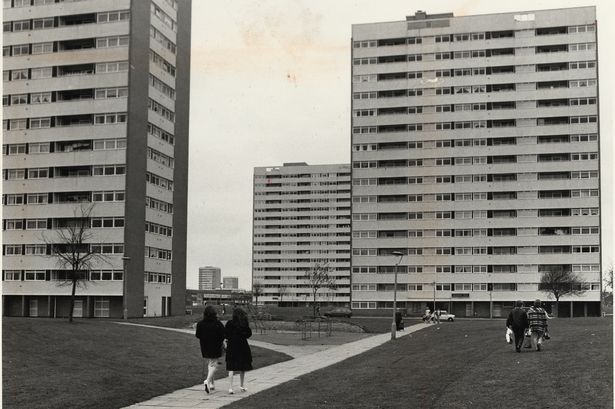Post
REPORT | Altered Estates - reconciling competing interests in estate regeneration
5 Jul 2016
The London Society debated the subject of estate regeneration on 23 June. Four architectural practices brought their long experience of housing to address the question: HTA Design LLP, Levitt Bernstein, Pollard Thomas & Edwards, and PRP. Saul Colyns reports.
As Londoners we live in a city of constant change, yet we retain a strong sense of and longing for community. This was reflected in the theme of this year's London Festival of Architecture, with many of the events questioning how architecture shapes communities. It was therefore especially pertinent timing to explore estate regeneration and its impact upon communities at this talk.
'Altered Estates', a report born out of collaboration between Levitt Bernstein, HTA Design, PRP Architects and Pollard Thomas Edwards, who have over 200 years of collective experience working on housing between them, offers recommendations on how to reconcile competing interests in estate regeneration.
Andy Von Bradsky, former Chair of PRP Architects, began by explaining that estates built by local authorities in the 1960s and 1970s provided 3 million homes. Although most estates were innovative and incorporated new ideas about town planning, the design of the home or methods of construction, they have since become the focus of regeneration initiatives, notably David Cameron´s recently declared action against 'sink estates'. Discourse regarding estate regeneration is polemic: In a climate of ever-reducing public subsidies should local authorities treat estates as assets which can be transformed to meet a wider mixed-tenure housing need, or should the dwindling proportion of affordable housing be protected? This is particularly contentious as existing communities of residents often feel ownership of the estates they live in. Von Bradsky believes there is merit in both views.
Von Bradsky pointed out that the designs of postwar estates often failed to adapt to specific environments. Many were disjointed and 'turned their backs' to the neighbourhoods in which they were built. Successful estates, he argued, draw upon the history of the surrounding area, reflecting historic street patterns and linking into the surrounding environs seamlessly, removing the physical barriers that can isolate residents.
Matthew Goulcher, Managing Director of Levitt Bernstein, underlined the importance of engaging well with existing communities when embarking upon estate regeneration. He stressed the need to be inclusive, addressing the different interests of different groups, and be tenacious in reaching beyond a sometimes vocal minority to gather the opinions of residents who may feel disenfranchised. Much of this chimes with what Sarah Wigglesworth had said at RIBA's Charles Knevitt Memorial Debate the day before, advocating that architects work collaboratively with communities as it is the residents who ultimately have the profoundest experience of how architecture and placemaking can work best for their area. According to Goulcher, best practice often includes establishing a Resident's Charter to set the framework for further consultations. Establishing viability at the outset is equally important, and Goulcher noted that in many cases only minor interventions are needed, such as improvements to public realm.
Sustainability must be at the heart of estate regeneration. Goulcher and Von Bradsky believe that sustainable developments comprise mixed neighbourhoods that retain existing communities. Equally key are long-term management models that ensure service charges are appropriate for all residents, and avoid the segregation of 'rich' and 'poor' doors.
Von Bradsky and Goulcher concluded by remarking that the impact of current policy, such as the Housing and Planning Act and government policy on home ownership represents a real challenge to safeguarding social housing in London. We can only move forward by returning to the principle of how we reconcile these communities in the city and continue to build for them in the future.
A lively discussion then ensued. We debated the suitability of the brutalist architecture of postwar estates such as the Robin Hood Gardens Estate in Blackwall, which some admired in contrast to Goulcher who described it as 'stigmatised architecture that revels in what it is'; which led him to question why we must experiment on the poorest in society when designing new housing solutions. One audience member argued that too many housing schemes in London are aimed at asset maximisation rather than the provision of quality housing, even when delivered by local authorities. He suggested that housing demand could be better met by densifying estates in the suburbs rather than the inner city. However, another guest demonstrated that there is no easy answer, pointing out that to make such developments viable connectivity would have to be improved, with extra transport infrastructure funded by capturing land value from rising house prices, which may in turn have the same effect of pricing existing residents out.
What do you think? Continue the discussion by posting your comments in the box below, or email blog@londonsociety.org.uk
